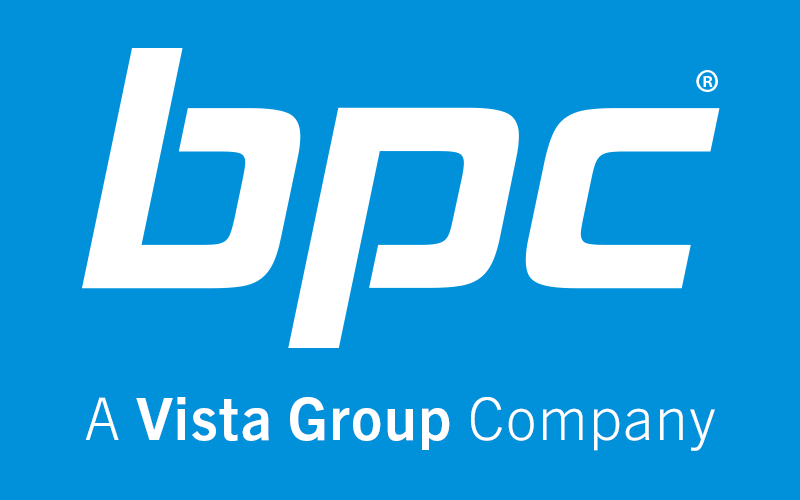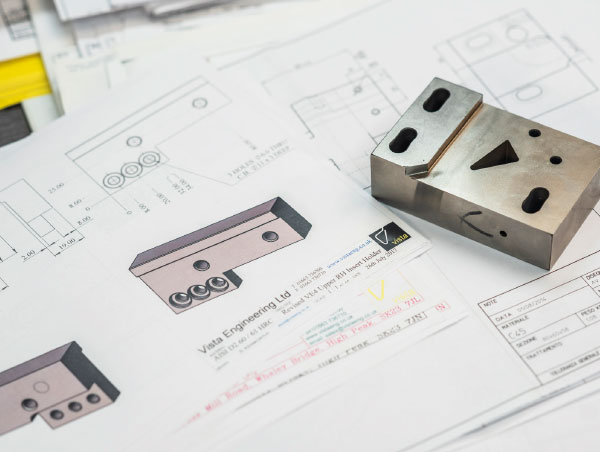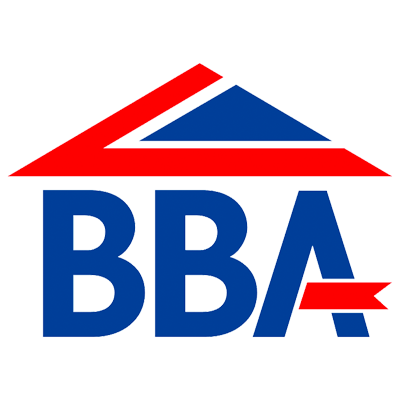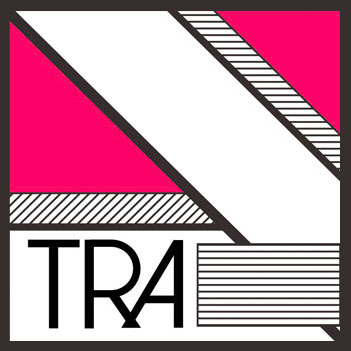Windposts and parapet posts are used to provide lateral restraint to masonry panels which may be difficult to prove structurally and would otherwise require the introduction of extra columns or an increase in the wall thickness.
They are generally made from grade 304 stainless steel but can also be supplied in other grades of stainless and mild steel.
Windpost Design
Both the GAW1 and GAW2 type windposts span vertically between floors and the design will usually include a positively fixed base and a top fixing that will allow differential movement between the structure and the masonry.
G.A. windposts are usually designed as ‘simply supported beams’ with a maximum allowable deflection of span/360 and a maximum allowable design stress of 193.75N/mm2 (includes +25% allowance for transient windload).
Where deflection is the limiting factor windposts may be designed as a ‘propped cantilever’, using this method reduces the deflection of the windpost considerably but requires a much larger baseplate.
PARAPET POSTS
G.A. parapet posts are designed as ‘cantilevers’ with a maximum allowable deflection of span/180 and a maximum allowable design stress of 193.75N/mm (includes +25% allowance for transient windload).
Connection Baseplate Design
Windposts which have been designed as ‘propped cantilevers’ and parapet posts which are designed as ‘cantilevers’ require larger baseplates than standard windposts designed as ‘simply supported beams’ this is due to the moment induced on the base connection.
Care should be taken when detailing the posts to ensure that the baseplate thickness and fixing bolts used are able to resist the bending moment and that the structure is large enough to accept the larger baseplate and bolts. For further advice please contact G.A. Fixings technical department.
Top Cleat Design
Wherever possible the top cleat connection from the post to the structure should include the provision for differential movement between the structure and the masonry.
G.A. windposts usually include twin vertical slots in the top of the post which allow the top cleat to move vertically yet restrain the post laterally.
Windpost Ties
Windpost ties are provided at 225mm centres on the GAW1 type posts and 450mm centres at the GAW2 type posts as standard. All parapet posts are supplied with ties at 225mm centres. Slot centres may be changed to suit customer requirements.
The relative centres ensure that the capacity of the windpost is matched by the capacity of the ties.








